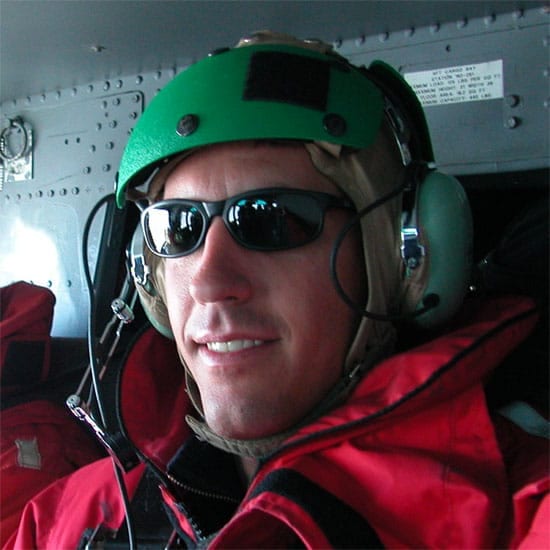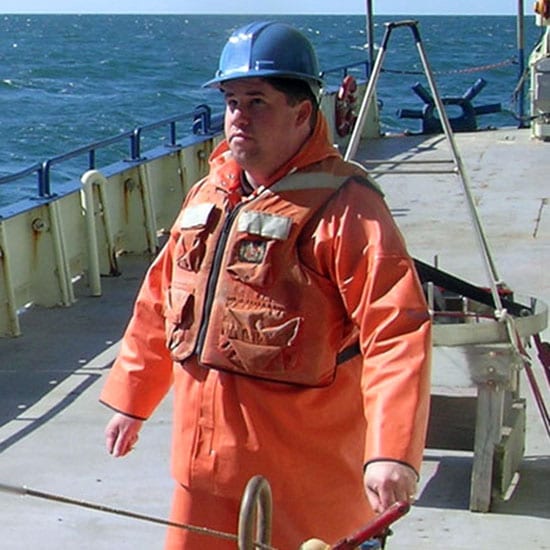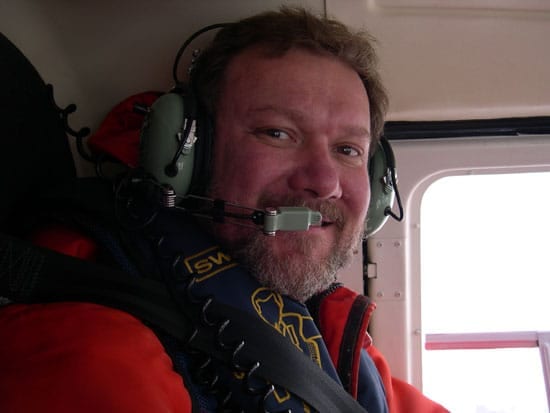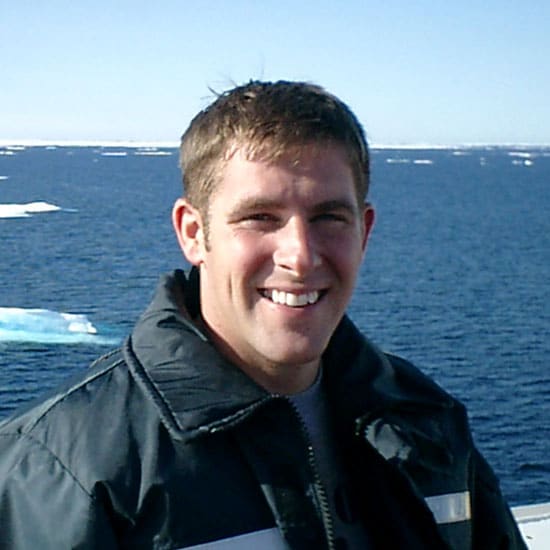Arctic Websites to Take Students, Museum Visitors, and Web Surfers to the Ends of the Earth
April 16, 2007
Beginning April 18, the Woods Hole Oceanographic Institution (WHOI), in partnership with eight museums across the United States, will bring the excitement of polar research and discovery to students, teachers, museum visitors, and web viewers. Virtual explorers will be able to join real ones on a series of four expeditions to both of Earth’s Poles.
The first in a series of interactive sessions between researchers in the field and museum visitors is an expedition to the North Pole, where researchers will deploy instruments that will make year-round observations of the layers of water beneath the Arctic ice cap. The outreach project is funded by the National Science Foundation as part of the International Polar Year (March 2007 to March 2009).
The “Polar Discovery” project represents an innovative approach to science education and outreach that brings together some of the nation’s best science centers and natural history museums, world-class oceanographic researchers working in the Arctic and Antarctic, and creative multimedia talent. Interaction occurs in two ways:
A Web site, http://polardiscovery.whoi.edu, offers photo essays, videos, animations, audio clips, and a forum for emailing questions directly to researchers at the Poles;
Nine partner museums have developed interactive and media-rich exhibits related to the polar expeditions and will host public events centered around live satellite calls from researchers on the ice to visitors on the museum floor.
Museum partners include the Museum of Science, Boston; Liberty Science Center, Jersey City; Carnegie Museum of Natural History, Pittsburgh; the Smithsonian National Museum of Natural History, Washington, DC; the Houston Museum of Natural Science; The Field Museum, Chicago; Birch Aquarium at Scripps, La Jolla, Calif.; Smithsonian Environmental Research Center, Edgewater, MD; and Pacific Science Center, Seattle.
“International Polar Year presents an extraordinary opportunity to educate students and the public about science at the icy ends of the Earth,” said Chris Linder, a research associate at WHOI and a co-principal investigator on Polar Discovery. “Our goal is to apply collaborative, multimedia approaches to bring the story of polar research to the public and the classroom.”
In addition to his scientific interests, Linder is also a professional photographer. For each expedition, he will travel with a science writer and with WHOI researchers to their remote research sites. Together they will share their experiences conducting scientific research from some of the most extreme environments on the planet.
Back at the museums, students and other visitors will have the opportunity to interact directly with the researchers while they are working in the field – deploying climate sensors, hunting for new communities of life, or monitoring the pace of global change. The interactions will take place via satellite phone, connecting researchers on the ice or on an icebreaking ship to students immersed in a multimedia polar experience in a museum. The live presentations will provide an opportunity to observe how ocean and polar science is conducted and to learn what real scientists are like – what excites them, how they cope with their environment, and what challenges they face as they try to gain a better understanding of our planet.
“Polar Discovery” consists of four expeditions:
North Pole, April 18 – 28, 2007. Scientists have studied Arctic waters through expeditions on icebreakers and ice-locked ships, or by setting moorings. But few have tried to send Arctic Ocean data back in real time, year-round, for multiple years. The Polar Discovery team will camp with scientists working at the North Pole, battling temperatures plunging to 30 below zero to deploy instruments designed to take the pulse of the climate at the top of the world.
Gakkel Ridge, July 1 through August 10, 2007: Researchers will journey by icebreaker to the Arctic Ocean to investigate seafloor ridges, volcanoes, and hydrothermal vents using underwater robotic vehicles for the first time. Researchers suspect the Gakkel Ridge, which is the slowest spreading center on the global Mid-Ocean Ridge, might be home to undiscovered species of life.
Greenland Ice Sheet, summer 2008: The third expedition will take glaciologists to the remote Greenland ice sheet, where lakes of melting ice are forming, draining, and causing glaciers to slide more rapidly into the ocean.
Antarctica, 2008: The final expedition will explore the marine ecosystem of the Southern Ocean. The dates of this expedition are still to be determined.
The Woods Hole Oceanographic Institution is a private, independent organization in Falmouth, Mass., dedicated to marine research, engineering, and higher education. Established in 1930 on a recommendation from the National Academy of Sciences, its primary mission is to understand the oceans and their interaction with the Earth as a whole, and to communicate a basic understanding of the ocean’s role in the changing global environment.




